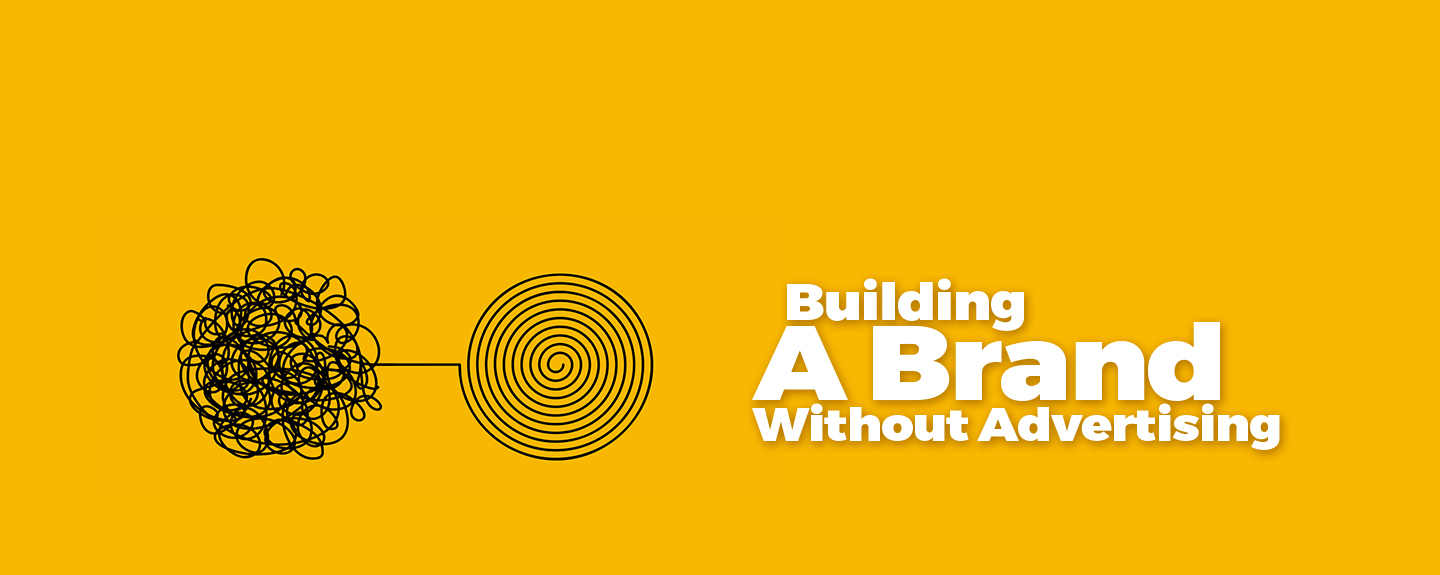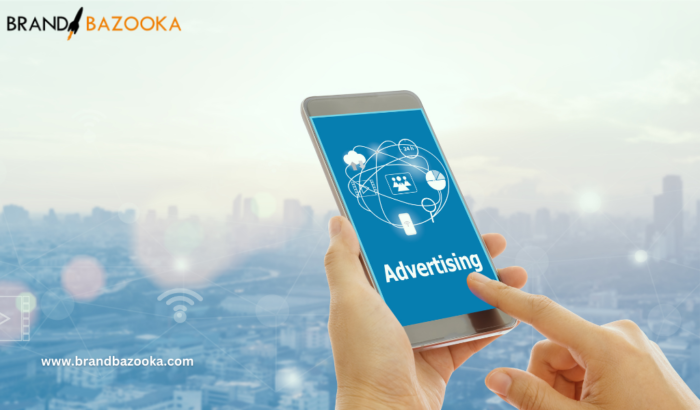Often I come across clients who want to build their brand without spending on advertising. They will narrate the examples of Amazon, Apple, and Starbucks. For good measure, they will also quote from the book, The Fall of Advertising, The Rise of PR, by Al and Laura Ries.
True, there are brands that have grown without spending on advertising – like Krispy Kreme, Facebook, and GoPro – but these are rare exceptions to the general rule. (And almost always the examples the clients give are wrong. Apple, for instance, is known for its iconic advertising.)
But is it really possible to build a brand without advertising? I guess theoretically the answer would be yes. Maybe with Richard Branson-like PR stunts, through word of mouth or perhaps with an offering so differentiated that it guarantees automatic PR mileage, possibly you could. Further, you will also need a lot of time to achieve what you would have achieved through advertising.
Despite the fact that frequently the customer does not understand that when he says promoting, he implies customary publicizing, and prohibits computerized and online networking, and some of the individuals who evade standard publicizing are huge spenders in this area.
In any case, the reality remains that publicizing – especially conventional promoting – is as yet the most considerable weapon in your showcasing stockpile. This is more genuine in a market like India where a TV ad publicized amid a cricket match will for all intents and purposes achieve the whole country.
Envision you are propelling an extravagance mark. While it’s vital that the publicizing correspondence should achieve the potential client, it’s as or considerably more vital that the individuals who can’t bear the cost of it ought to be presented to the commercial, as well. Since one reason individuals pick extravagance brands is to parade it, and for that others to need to realize that the brand is displayed commendable. To accomplish this, computerized publicizing focused on only to the intended interest group alone won’t work, yet customary promoting will convey in spades.
Another point to note is that when a customer sees an advertisement, especially on television, it instills trust and confidence in the brand. In Kerala, quite a few years ago, a television channel approached big spenders in print, and offered to make television commercials for them for free; the only condition was that they should run them on their channel. The leading newspaper countered it by telling the clients that it is far more cost-effective to run their ads in print than on TV as newspapers have far more reach, which was indeed true. However, I would like to believe that the clients profited by advertising on TV. Though the reach may have been lower, a TV advertisement lends the brand more stature.
Simply put, we are still quite far away from seeing the last of advertising, especially in India where most brands are under-branded and under-advertised. If you are strapped for cash and would like to build the brand without advertising, remember the words of Bruce Barton, the second B in BBDO, “In good times, people want to advertise; in bad times, you have to.”
So, a word of advice if you are all set to build a brand without advertising. Don’t.







